Marine Park
Top Stories
More Stories
Marine Park Tudor Revival With Original Kitchen Cabinets, Attached Garage Asks $924,900
The standalone single-family house boasts a picturesque Tudor-style exterior, an attached garage, and beautiful original interior period details.
Marine Park Hardware Store Draws Crowds for Michael’s Tomato Sauce
With long lines at grocery stores, Marine Park Hardware is seeing an uptick in sales of the locally produced sauce, our sister pub Brooklyn Paper reports.
Wandering Through Brooklyn’s Natural Past in Marine Park
Brooklyn’s shoreline has changed a fair bit over the centuries but there are still spots in the borough that spark the imagination and inspire visions of the past.
Picnic in Old House Style at the Lott House Open Garden Day
Enjoy a day lounging on the grass and admiring an 18th century view with a picnic at Marine Park’s oldest house.
Sneak a Peek Inside the Atmospheric Interiors of the Lott House During Archtober
The eighth annual Archtober festival is bringing a slew of architecture related events to the city and in Brooklyn this means it’s a rare chance to get a look inside the amazing interiors of the historic Hendrick I. Lott House.

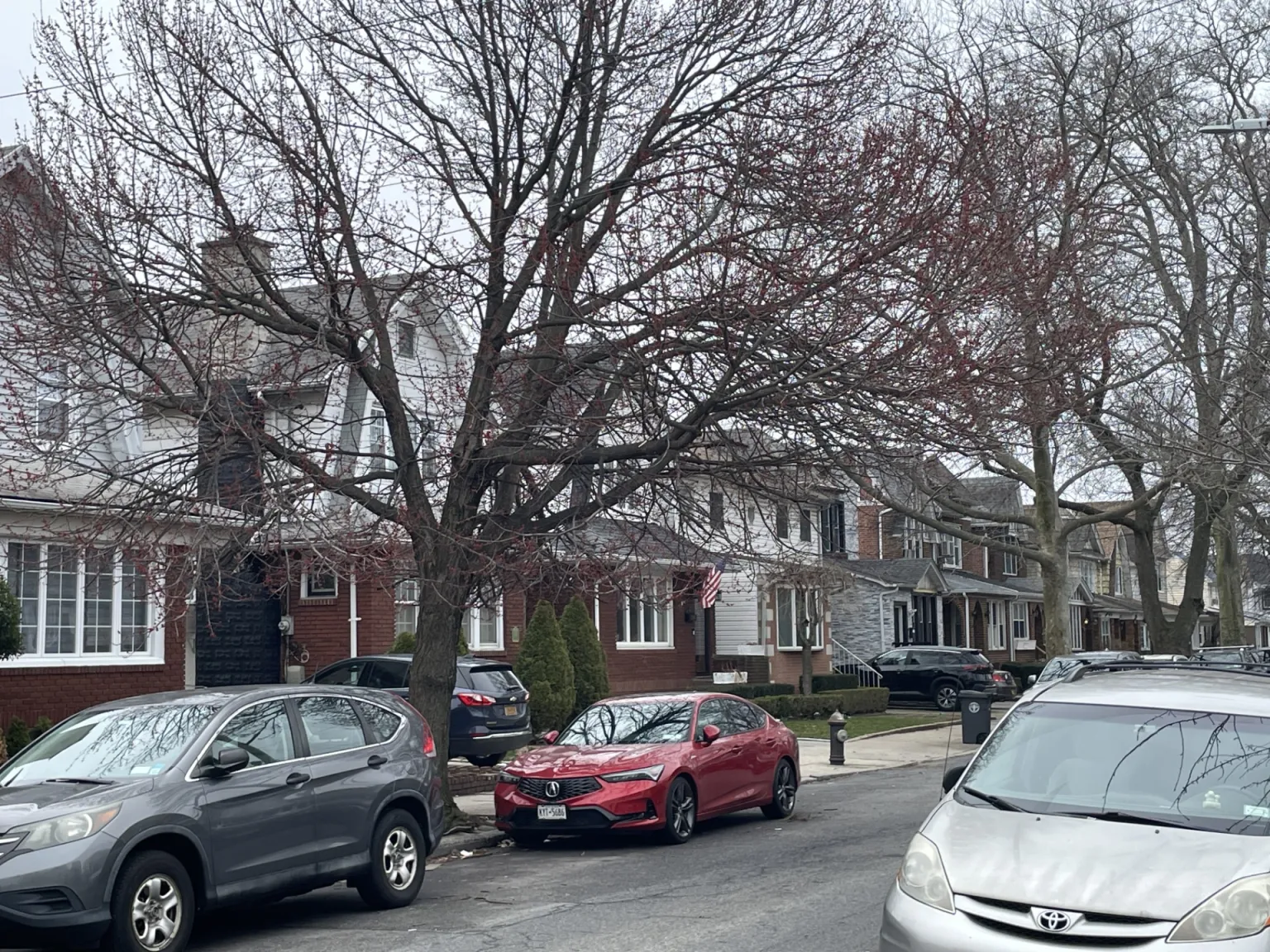
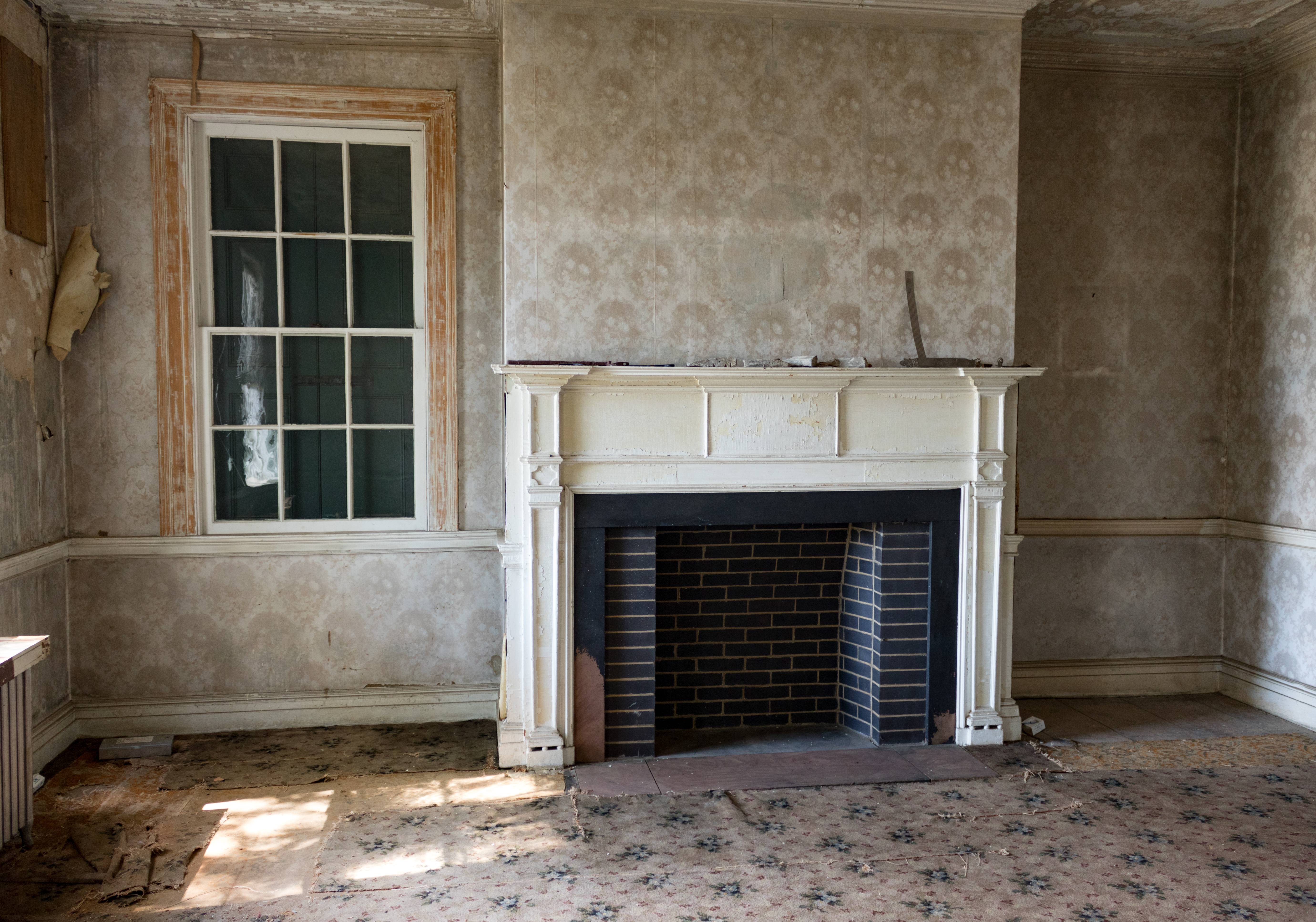


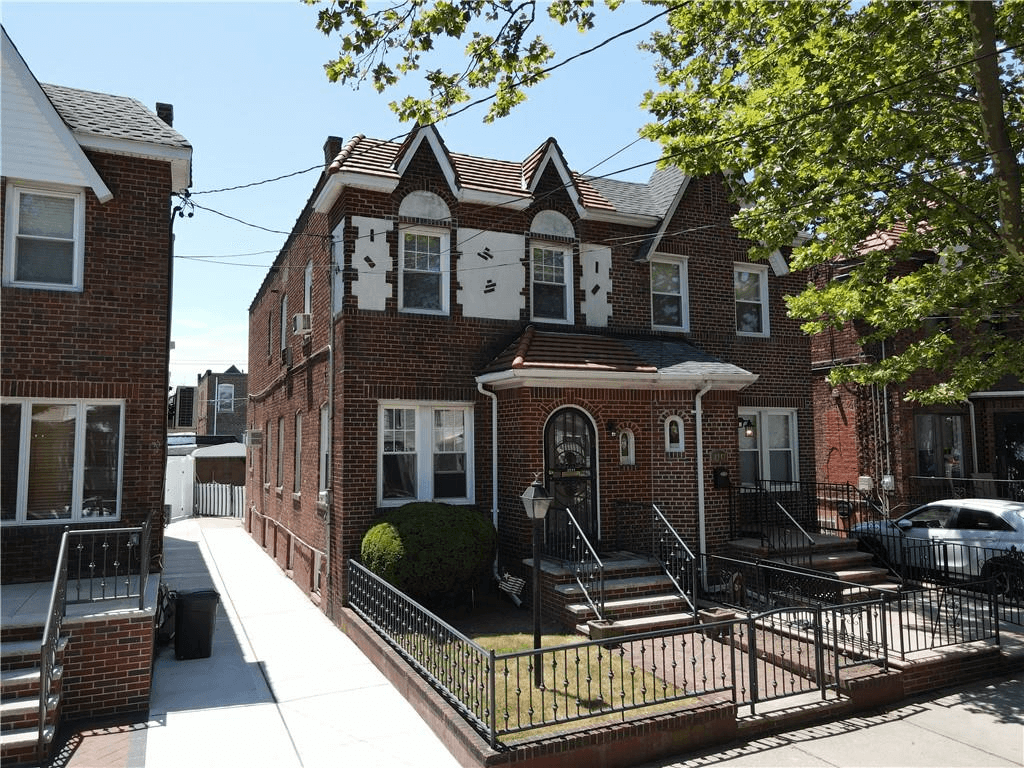
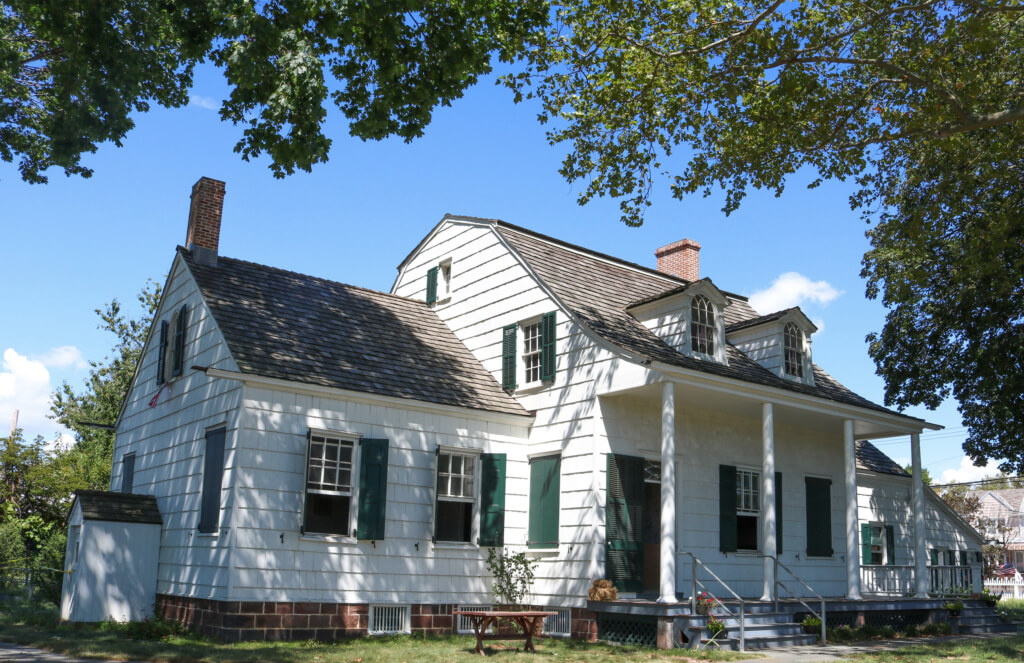
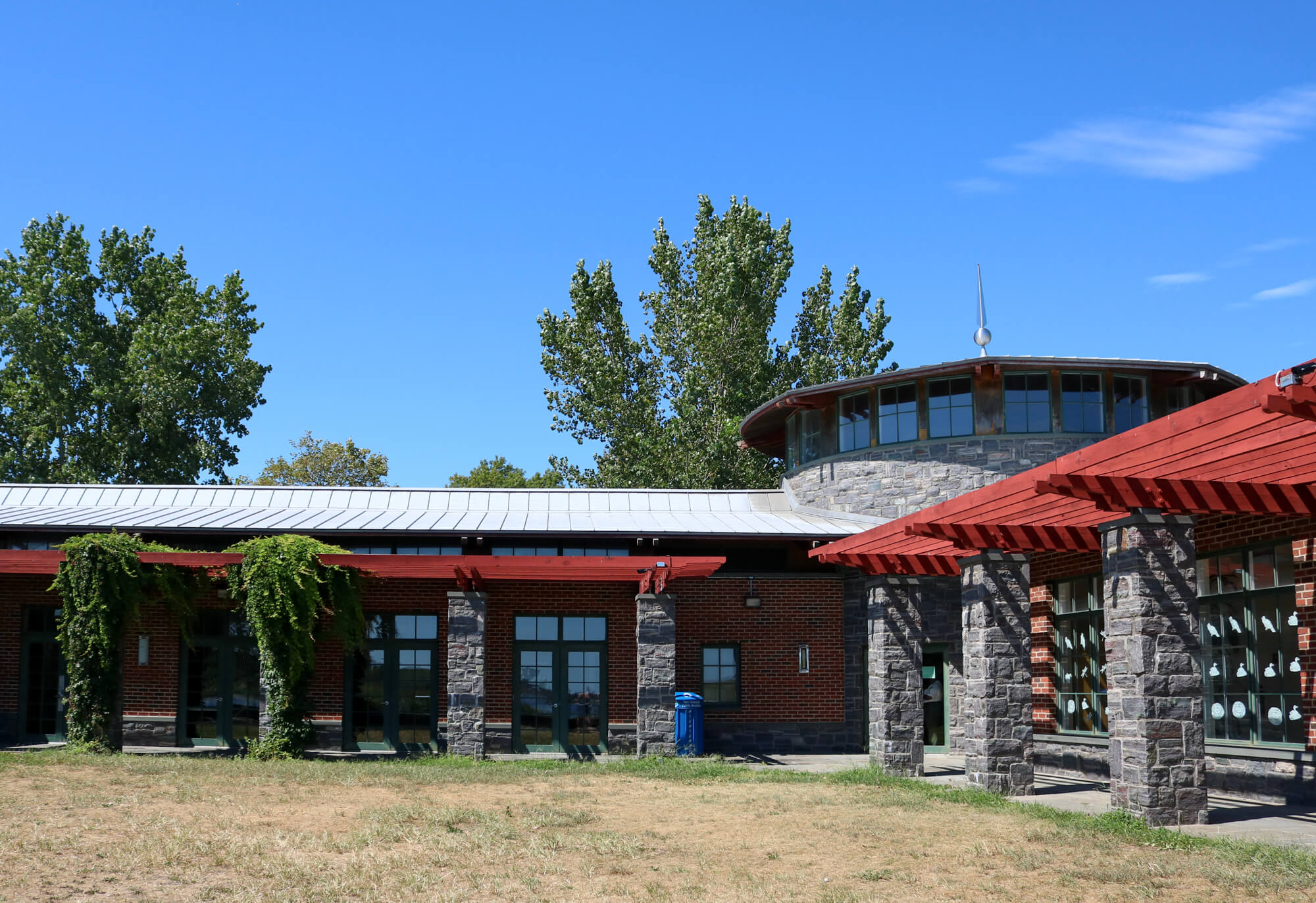
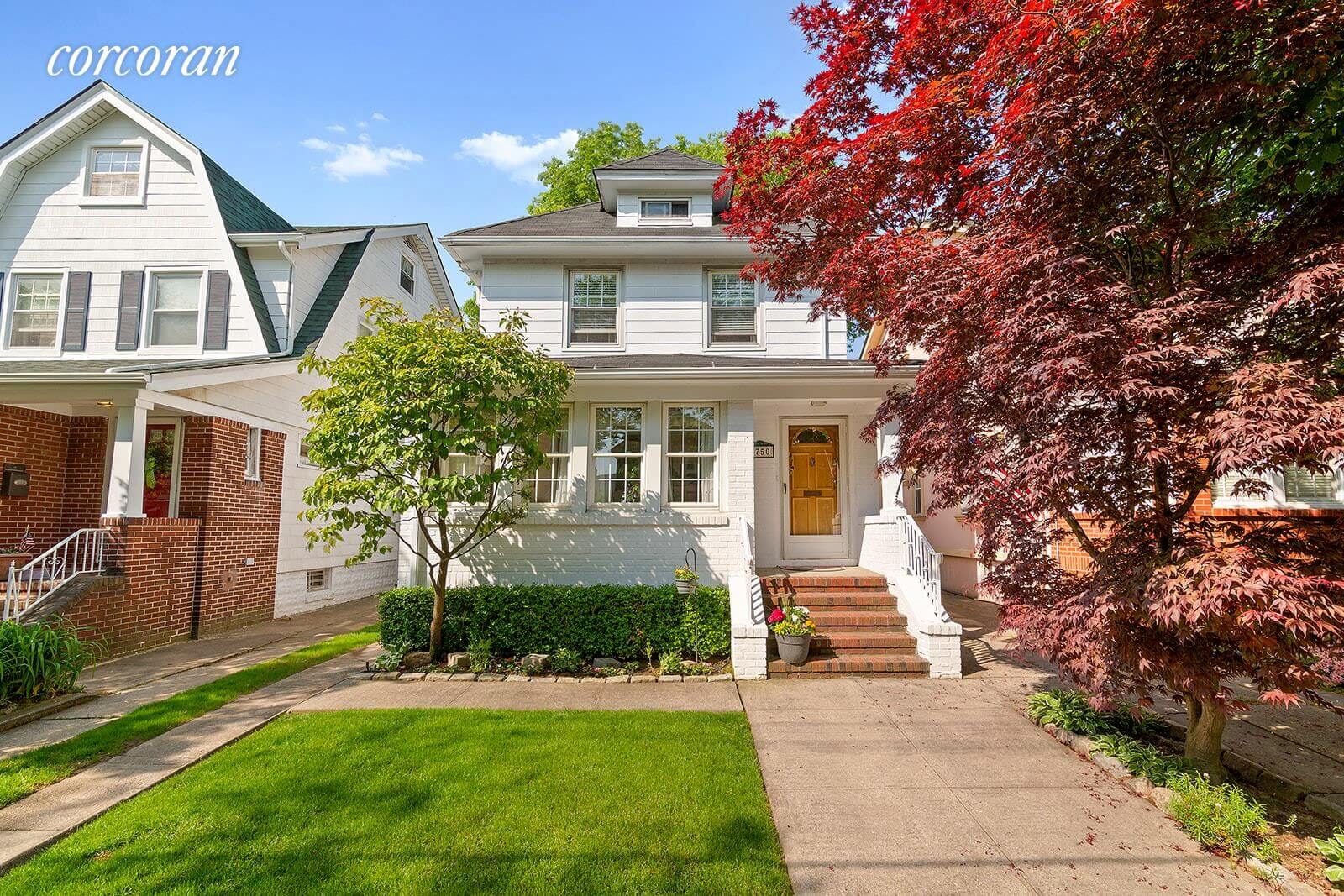
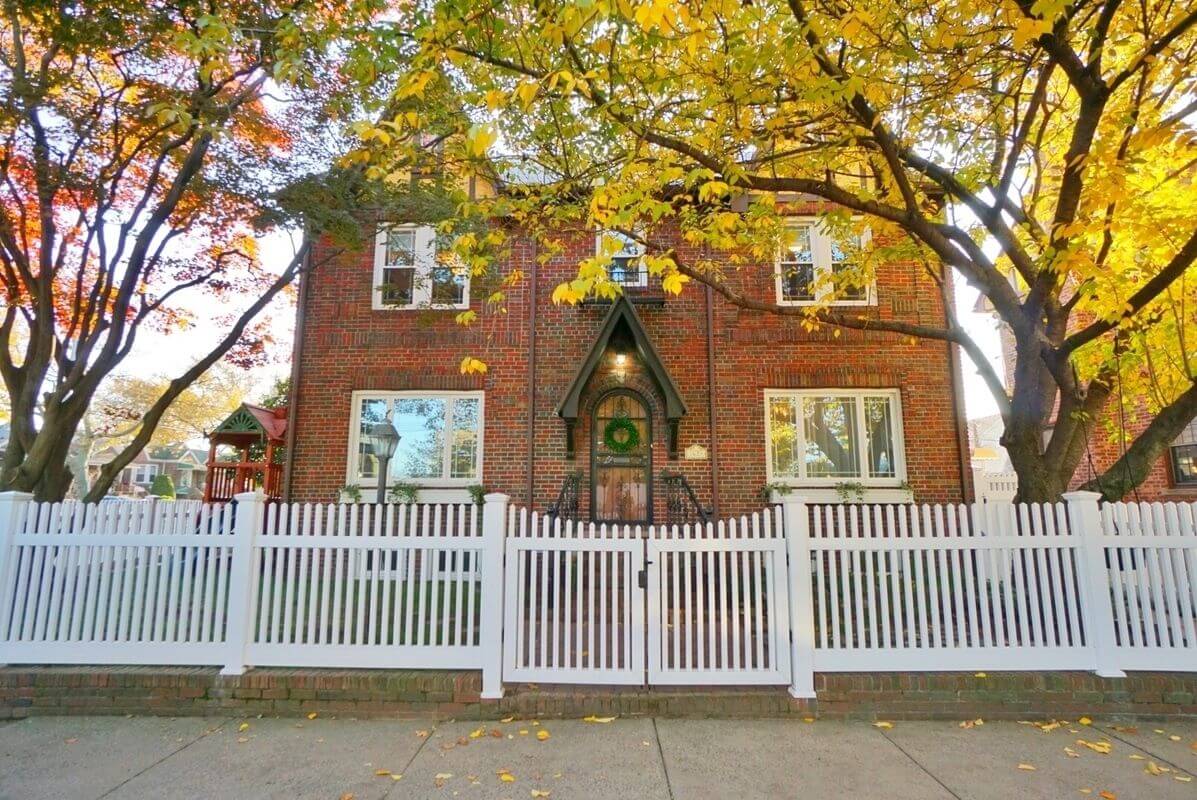

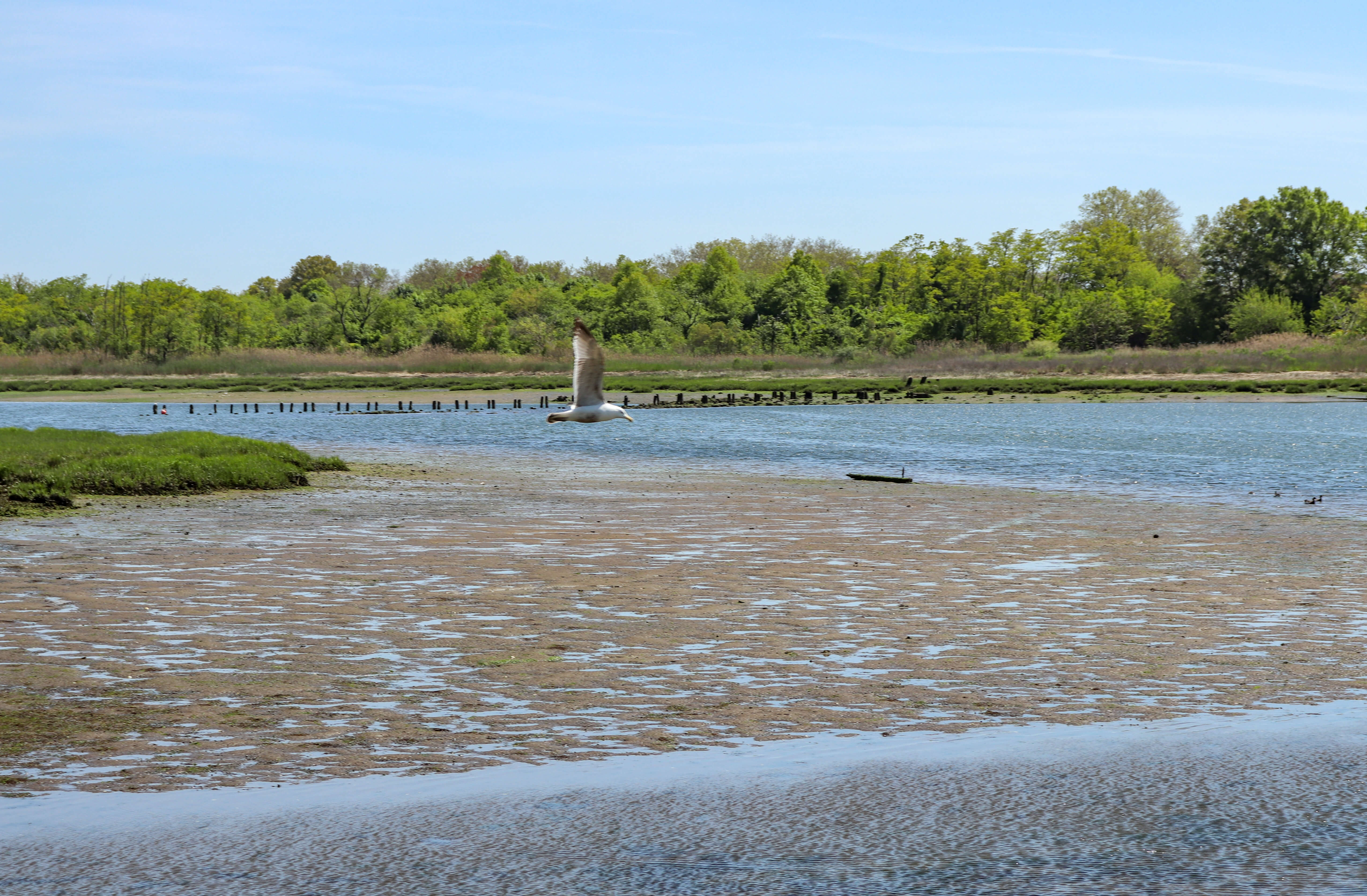
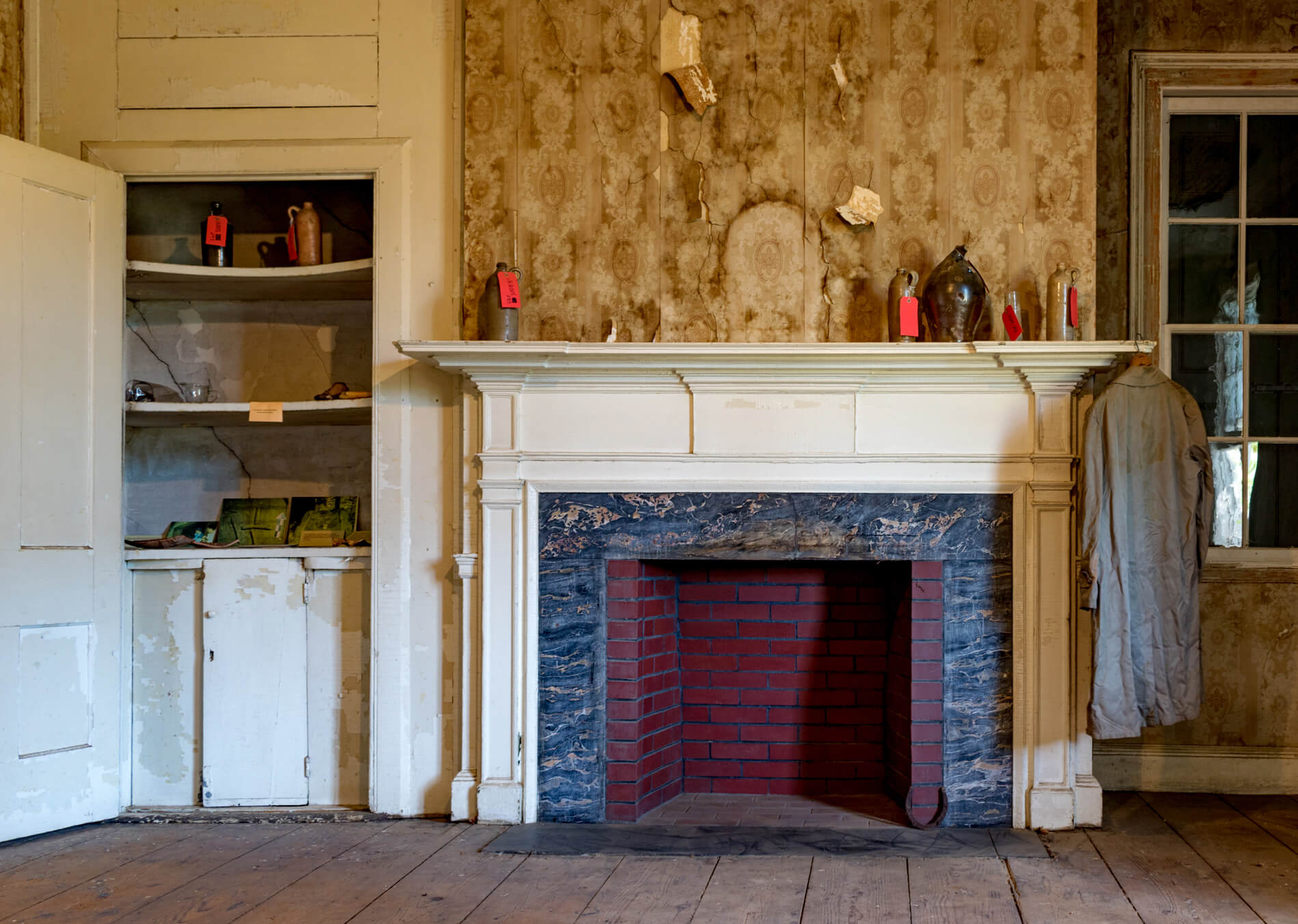
Looks like bringing your own kindling wouldn't be such a bad idea either.
Closing Bell: Camping in BrooklynMarine Park is indeed very nice, I worked there for five years. Want to get on the fast track to becoming a New yorker? Spend time in the outer-outer bouroughs.
Park Slope Can’t Measure Up to Marine Park